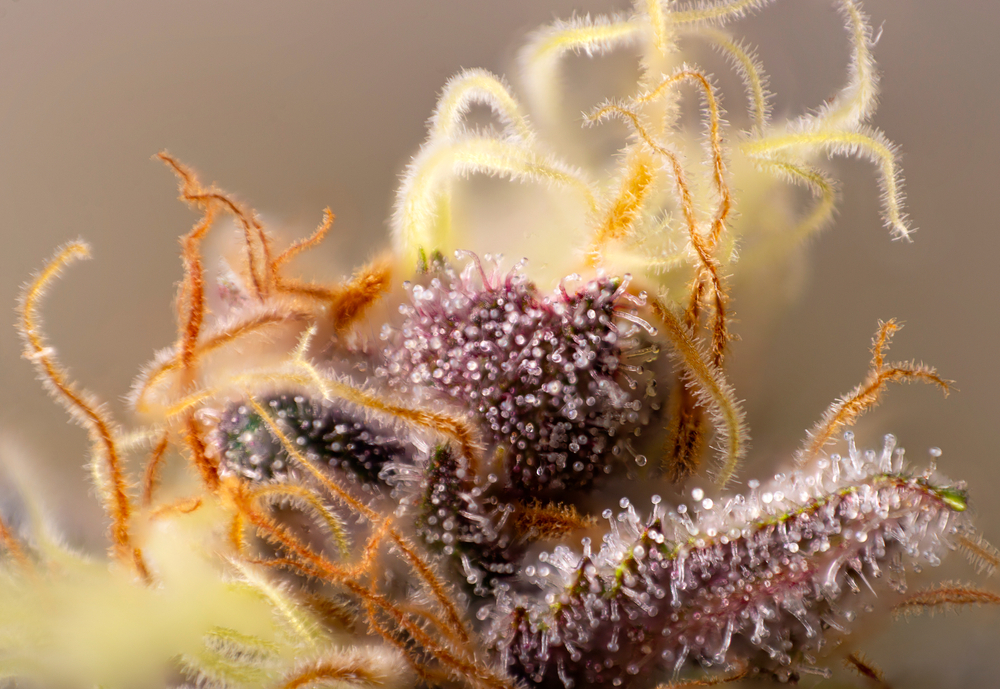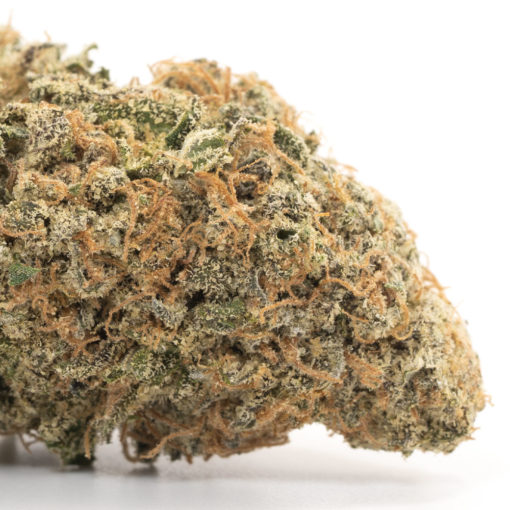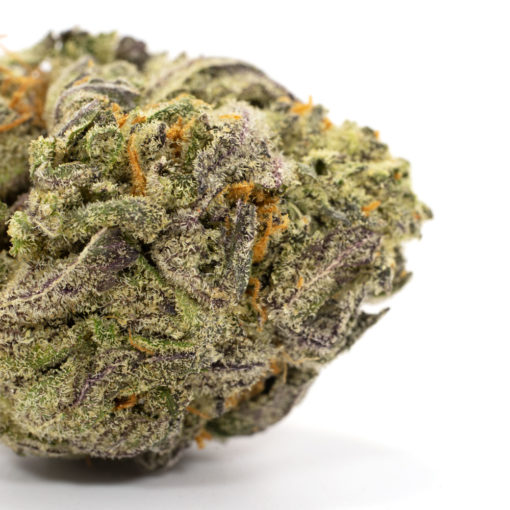Cannabis
Purple Weed – Going Beyond Your Gorgeous Green
In today’s modern world, where cannabis consumption has been slowly rising over the past decade, there is still false information being spread around like wild-fire, with few things in the cannabis community as mysterious as purple weed.
That said, it isn’t anyone’s particular fault because the topic itself can get quite complicated. Let us explain.
If we want to get technical, the timeless “roses are red, violets are blue” poem should actually read “violets are violet,” but where’s the fun in that? In this way, purple weed will not necessarily always be purple.
Purple weed strains come in a wide range of colours spanning from dark green to black, which is where the confusion sets in about what purple weed is and isn’t.
Today, we will address the questions and break down the answers surrounding purple weed to determine once and for all the causes for its signature purple hue.
Let’s get into it!
Why is Some Cannabis Purple?
Think about the colour of a nice, juicy blueberry. Sometimes they appear blue, and sometimes they’ll look a little more purple. This is because the pigment contained in blueberries and other plants, called anthocyanins, can cause them to appear red, purple, blue, or black, depending on the pH level they’re exposed to.
Essentially, anthocyanins are natural pH indicators. Low pH will show up as red, medium pH will be purple, and exposure to a high pH will turn it blue.
Certain purple weed strains will naturally vary in anthocyanin content, but various factors, such as how cannabis is grown, will definitely impact how purple it can get. Anthocyanin has a stronger visual impact when it’s grown in colder temperatures because chlorophyll (the pigment that gives plants their green hue) is produced in smaller amounts.
In fact, some growers purposely lower the temperature to yield a stronger purple colour. That said, lowering the temperature does hinder the production of THC. So, if you’ve ever wondered why some purple weed strains seemed to be less potent, now you know why.
Is Purple Weed Better?

Looks aside, there is nothing to suggest that purple weed is better or worse than other shades of bud. As stated by the European Food Safety Authority, there is zero evidence to suggest anthocyanins in weed have any type of impact on the human body, good or bad.
That said, anthocyanins are high in antioxidants, but in order to reap the benefits, you would need to eat the bud raw because heat degrades it.
Generally, you’ll find purple weed strains will have a tendency to test lower in the THC department than their green counterparts, but that’s not to say you can’t have high potency purple bud. It’s just that most purple strains are made relying on superior growing methods and good genetics as opposed to stressing the plant to increase THC levels the way green buds usually are.
So, while purple strains may contain less THC, they’re usually superior in terms of the plant’s lineage and growing technique.
Not only that, but there is no denying that presentation matters. Think about why you’re willing to spend more at a fancy restaurant than a casual one? Because of how the food and the environment are packaged and presented to you.
So, in that sense, if you happen to have some lovely purple weed in your possession, make sure to take the time to appreciate the various shades and textures of this beautiful bud.
Natural Purple Weed Strains
Since the legalization of medicinal and recreational marijuana, more and more cannabis breeders are producing new strains by crossing them with others to create hybrids.
Today, there are at least a couple of hundred different purple weed strains on the market, but only a handful are naturally occurring or original purple weed strains.
These include:
Purple Kush

A pure Indica with a pleasant taste and eye-catching colouring, Purple Kush is a hybrid produced by crossing parent strains Hindu Kush, from the mountainous region of the Pakistan-Afghanistan border, and a purple-hued variety of Afghani.
With earthy, almost sandalwood-like aromas coupled with fruity and sweet notes of grape flavours, Purple Kush’s 100% Indica genetics provide a slow and relaxing full-body high that is perfect for mellowing out.
Purple Haze

Popularized by the late, great musical legend Jimi Hendrix, Purple Haze possesses a mixture of sweet and earthy flavours with underlying berry notes and sharp spice. Following their flower time, Purple Haze buds typically develop vibrant shades of lavender that further justify its iconic name.
In terms of effects, Purple Haze is indicative of a Sativa, providing a powerful burst of euphoria and a strong head high to promote a higher plane of thinking and trigger creativity. Thus, it is a perfect strain for social occasions, stimulating conversation and bringing about strong cerebral energy.
Purple Urkle

This nearly-rhyming purple weed strain produces deeply relaxing, sleep-inducing effects that are characteristic of an Indica, posing an excellent option for full-body relief. It is also a fantastic strain for insomnia, pain relief, and an appetite stimulant.
Possessing a sweet and skunky smell with underlying scents of tropical fruit, grapes, Purple Urkle is best enjoyed in the late evening or at night due to its heavily sedating effects.
With THC levels 20% and higher, it is paramount that users adhere to the start low and go slow method, especially for novice tokers.
Remember, there are hundreds of different types of purple weed strains floating around out there. So just like the differences between green and purple weed is inconsequential, whether your purple weed is an original or hybrid strain doesn’t make it any better or worse than the other.
Myths about Purple Weed
As we mentioned earlier, most purple weed strains are made using first-class growing methods and using high-quality genetics. However, some are misled into thinking they’re made by manipulating and stressing the plant out. This couldn’t be further from the truth.
There are also many other myths and common misconceptions about how to properly grow purple cannabis.
Firstly, choosing the right strain is a huge part of the process, but a lot more goes into it than that if you want to do it correctly. Yes, turning the temperature down during the growing process will help it turn a darker purple, and yes, the plant’s pH will affect the color.
Still, you can’t dye your plants purple with food coloring, from freezing it, or by depriving them of nutrients.
Those are all myths.
Purple Weed – Beauty is in the Eye of the Beholder
While smoking purple cannabis may not directly impact the quality of your smoke, there still hasn’t been enough research to say it does or doesn’t definitively. However, most signs point to no.
This fact is because we learned that in order to reap the antioxidant benefits of anthocyanins, you would need to eat cannabis raw, which doesn’t sound very appetizing, nor would it particularly taste all that great.
All things considered, no one is wrong if they feel that the visual appeal of smoking purple weed enhances their overall experience.
What matters is if it looks good to you. If it does, smoke it, no matter what color of the rainbow it happens to be.
Happy toking!

